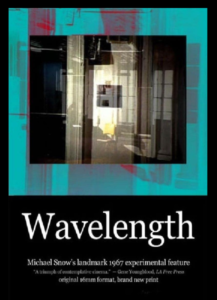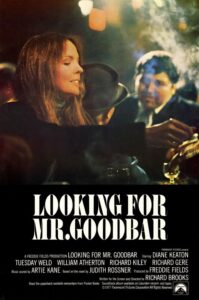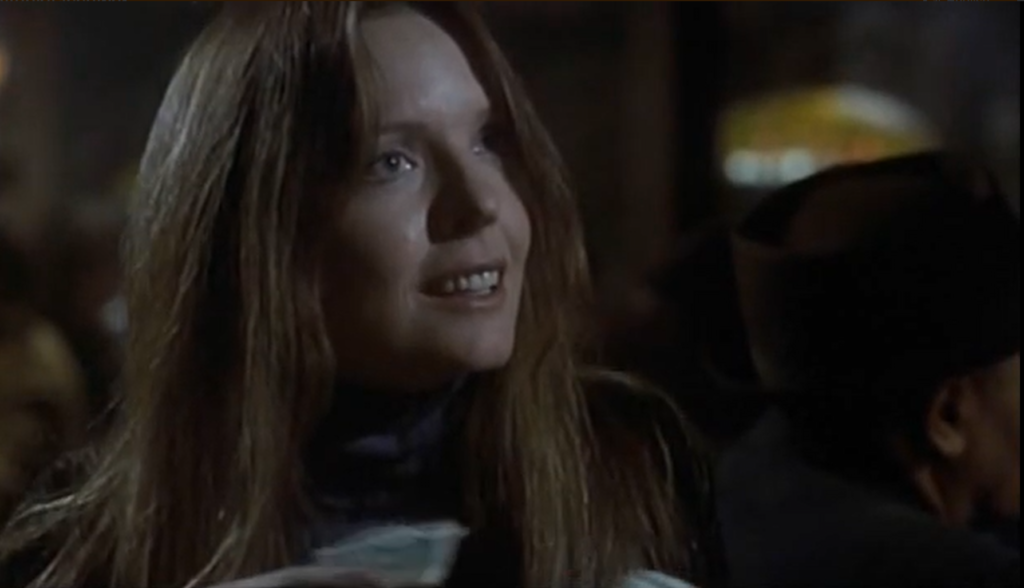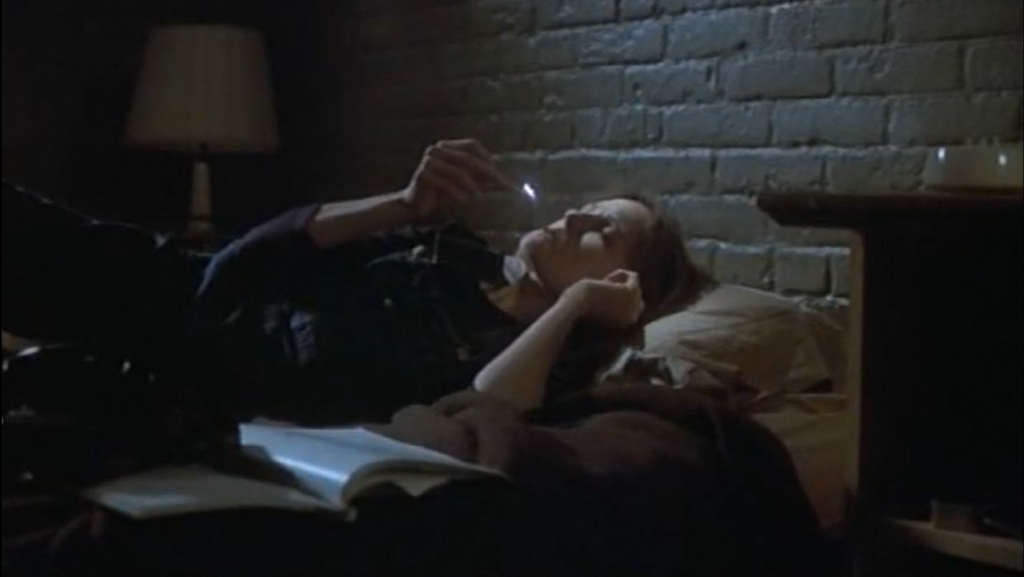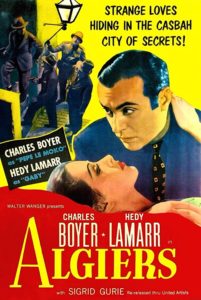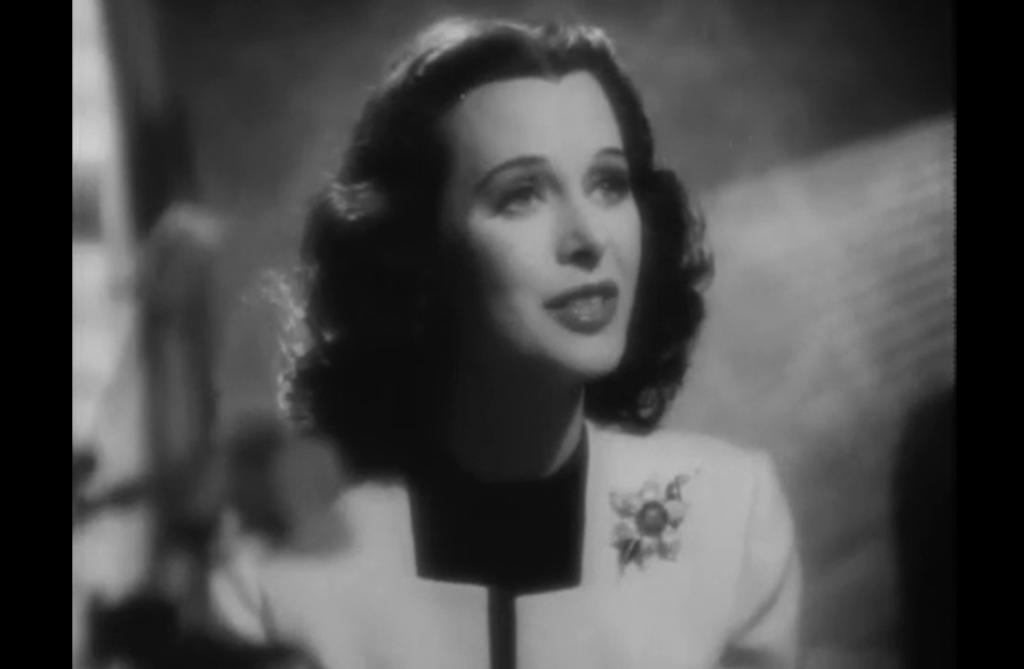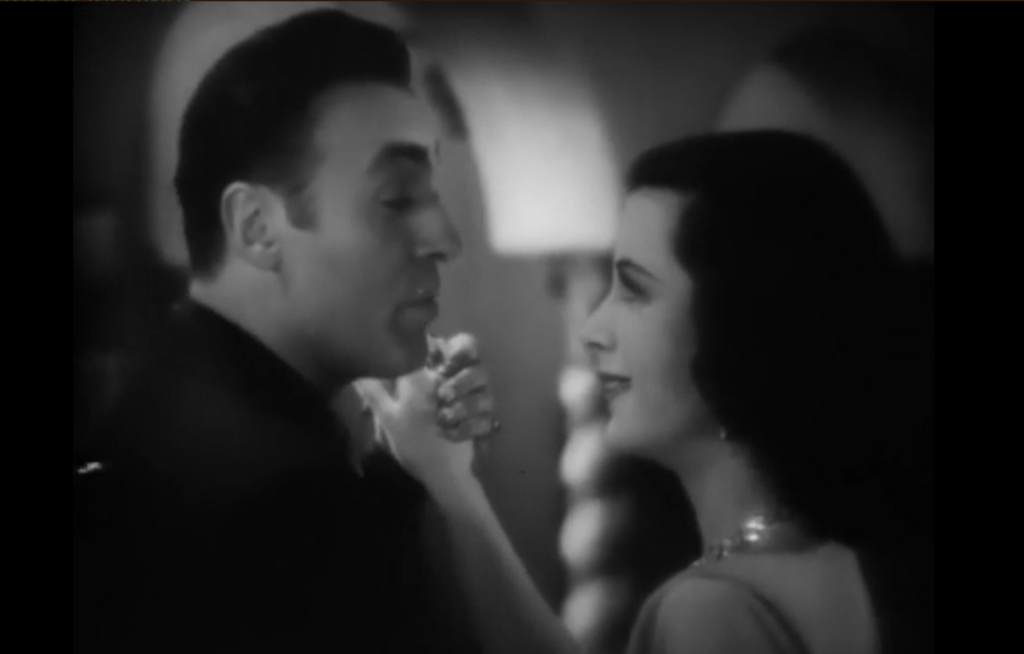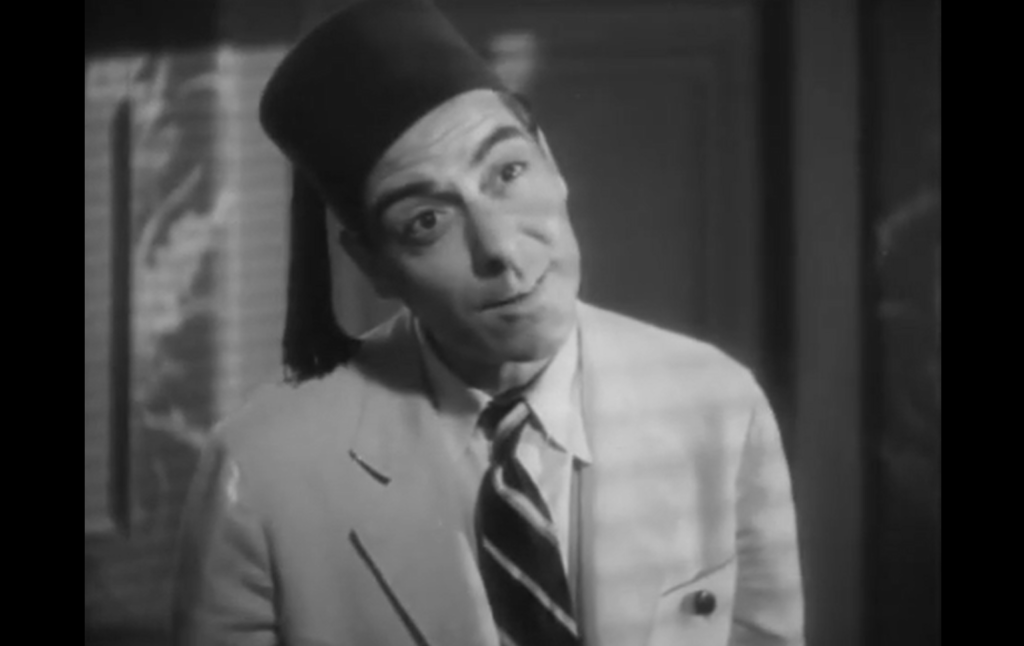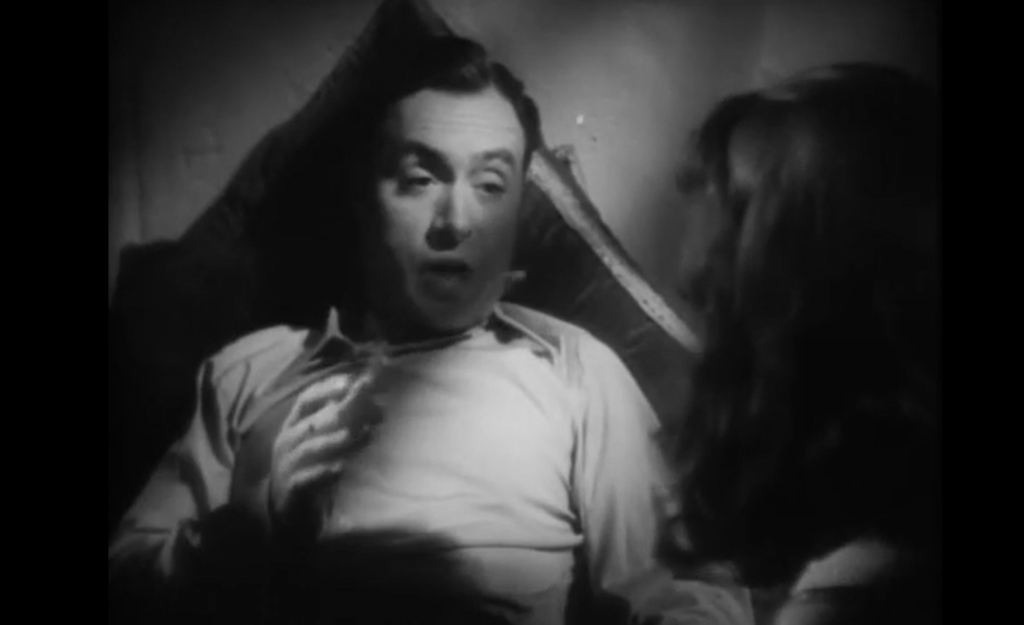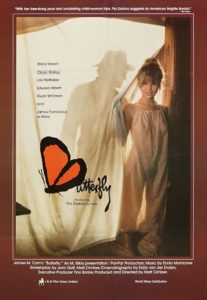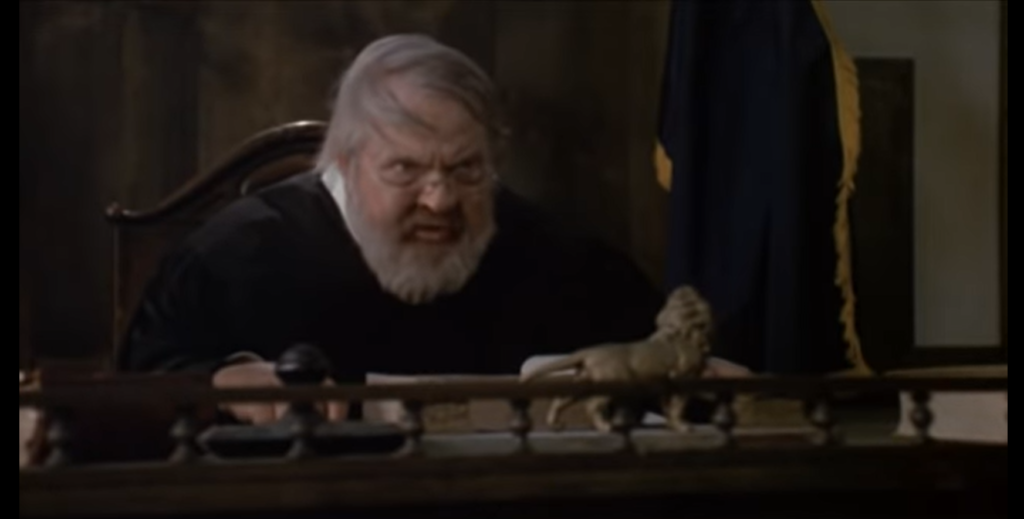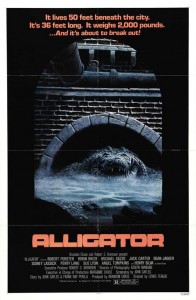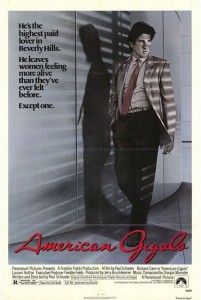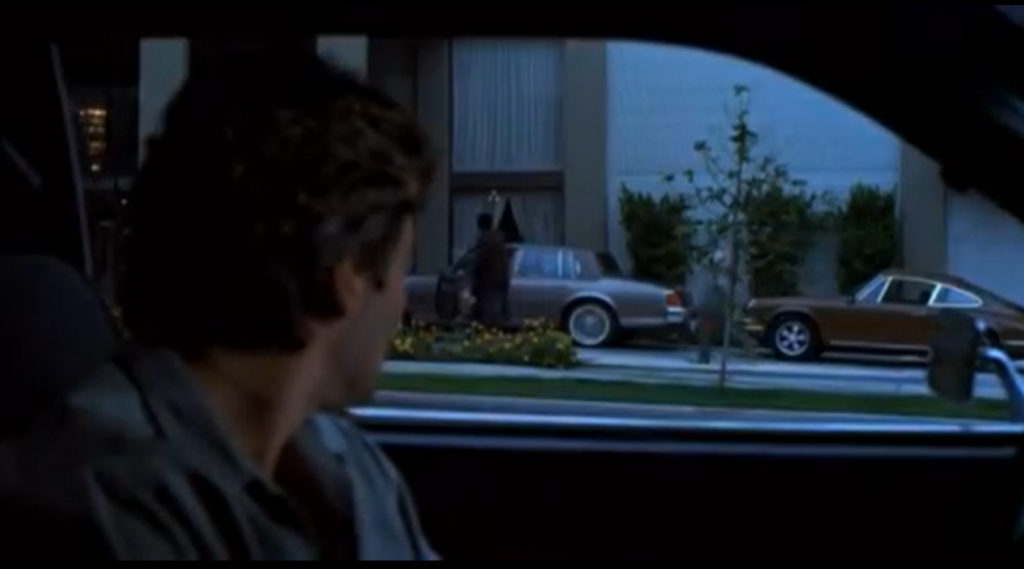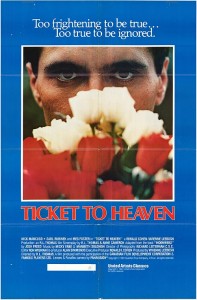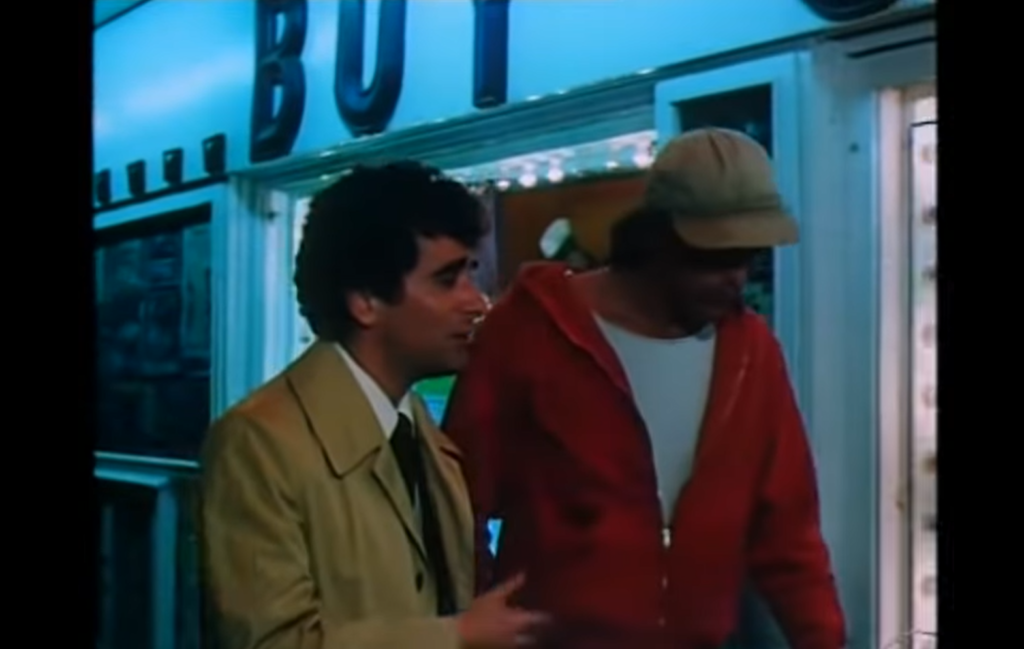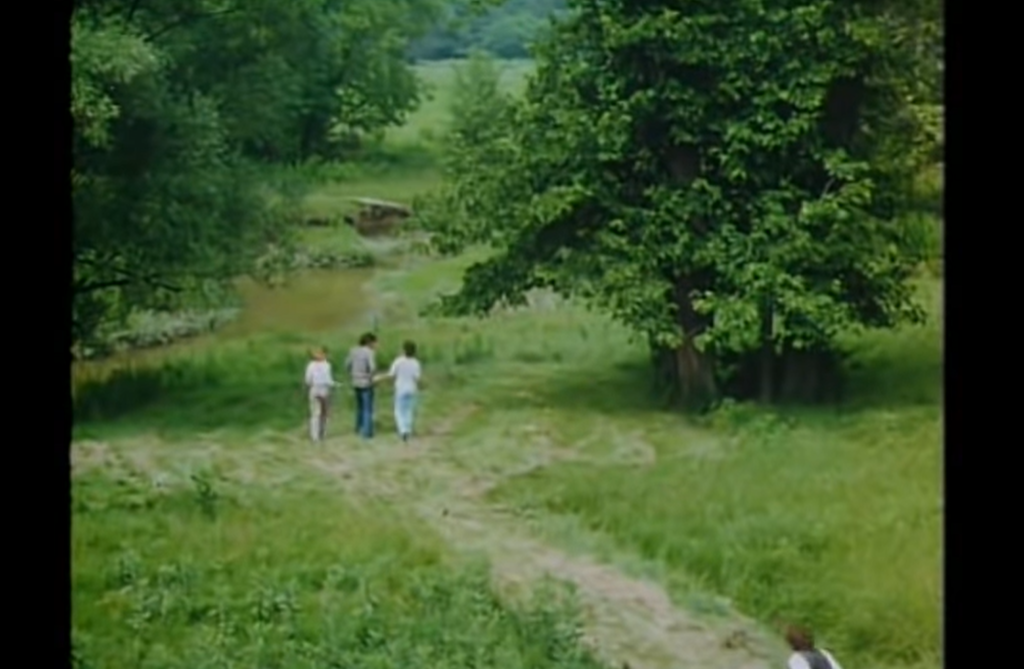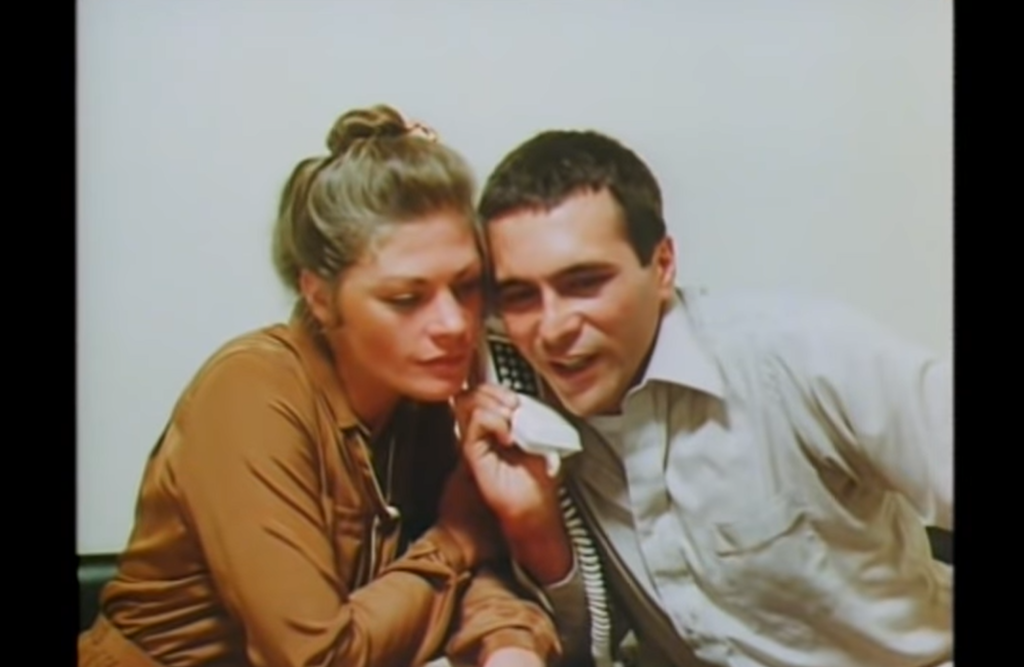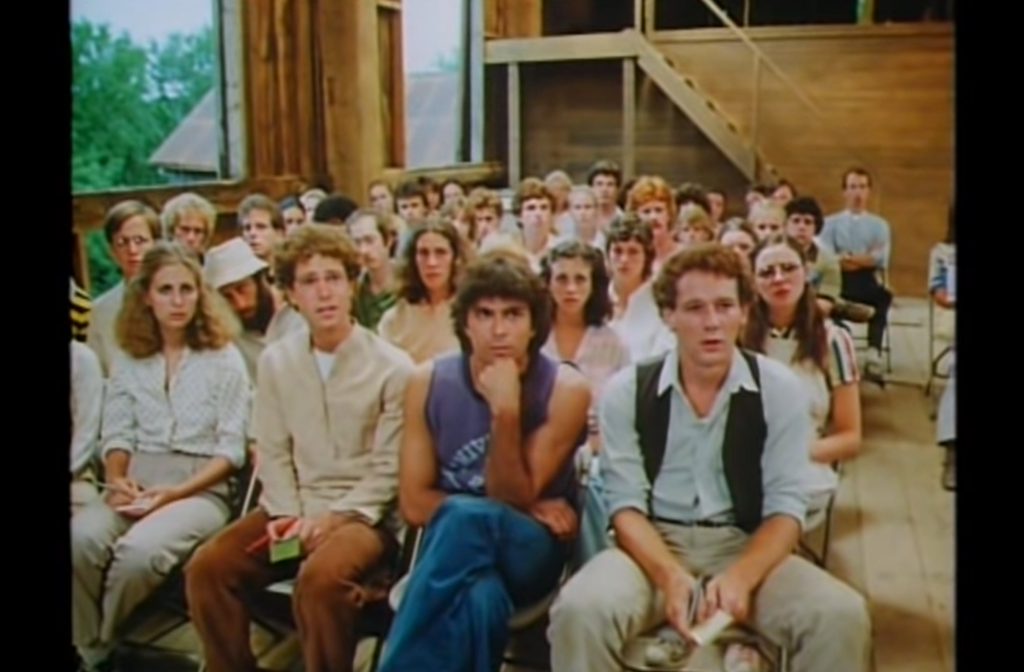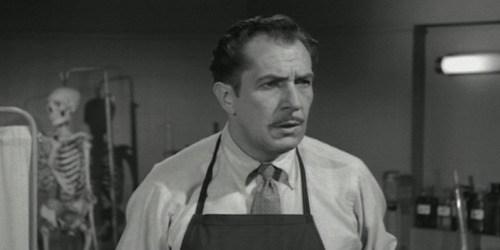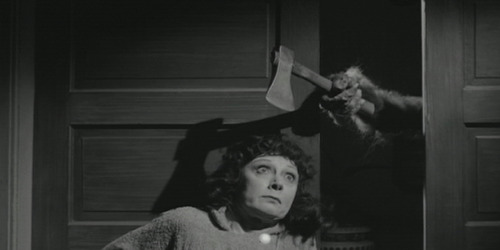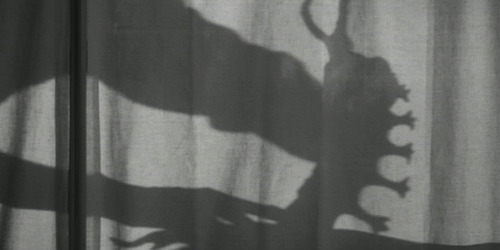|
Genres, Themes, Actors, and Directors:
- Feminism and Women’s Issues
- Japanese Films
- Kenzi Mizoguchi Films
- Mentors
Review:
Throughout his career, director Kenzi Mizoguchi exhibited an uncanny sympathy for the plight of women in male-dominated Japanese society. While his most famous works (The Life of Oharu, Ugetsu Monogatari, and Sansho the Bailiff) were historical dramas set in the distant past, Gion Bayashi — a staunchly realistic depiction of life for geisha in post-WWII Japan — is a notable exception; yet it fits clearly into his ongoing depiction of noble females who must cope with debasing situations. Most Americans became familiarized with the life of Japanese geisha — a term which translates roughly into “artisans” (not prostitutes) — either through Arthur Golden’s 1997 novel Memoirs of a Geisha or its disappointing 2005 cinematic adaptation by Rob Marshall. Marshall’s film is lush and beautiful yet ultimately empty, replacing Golden’s detailed evocation of life in a geisha house with an insipidly melodramatic story of unrequited love, and a romanticized view of female subjugation.
Fortunately, Mizoguchi makes no such mistake in his film. Time and again in Gion Bayashi, men (without a single exception) are shown exploiting geisha for any of numerous reasons: their personal sexual gratification (Kawazu nearly rapes the adolescent Eiko, while Koshiba calls Miyoharu “cold” for refusing his advances); to advance their business (“renting” the right geisha for one’s clients can help grease transactions); or for cold, hard cash (Eiko’s deadbeat dad refuses to help sponsor her training as a geisha, but comes begging for handouts once she’s successful). In addition, unlike in Memoirs, the geisha “sisters” in this film don’t develop cut-throat rivalries with one another; instead, they understand that camaraderie and empathy is what will help them survive. In perhaps the most interesting scene of the film, Miyoharu sits with Eiko after she has severely compromised their reputations by fighting back during an attempted rape by Kawazu (she bit his mouth so badly he was hospitalized for a month). Rather than chastising Eiko, however, Miyoharu admits that she would have done the same thing. Eventually, Miyoharu becomes a mother-figure of sorts to Eiko, attempting to protect her at all costs from the debasement geisha face in a modern world which no longer respects their work — and it is hard, difficult work — as a noble craft.
Redeeming Qualities and Moments:
- Michiyo Kogure’s sensitive performance as the noble Miyoharu
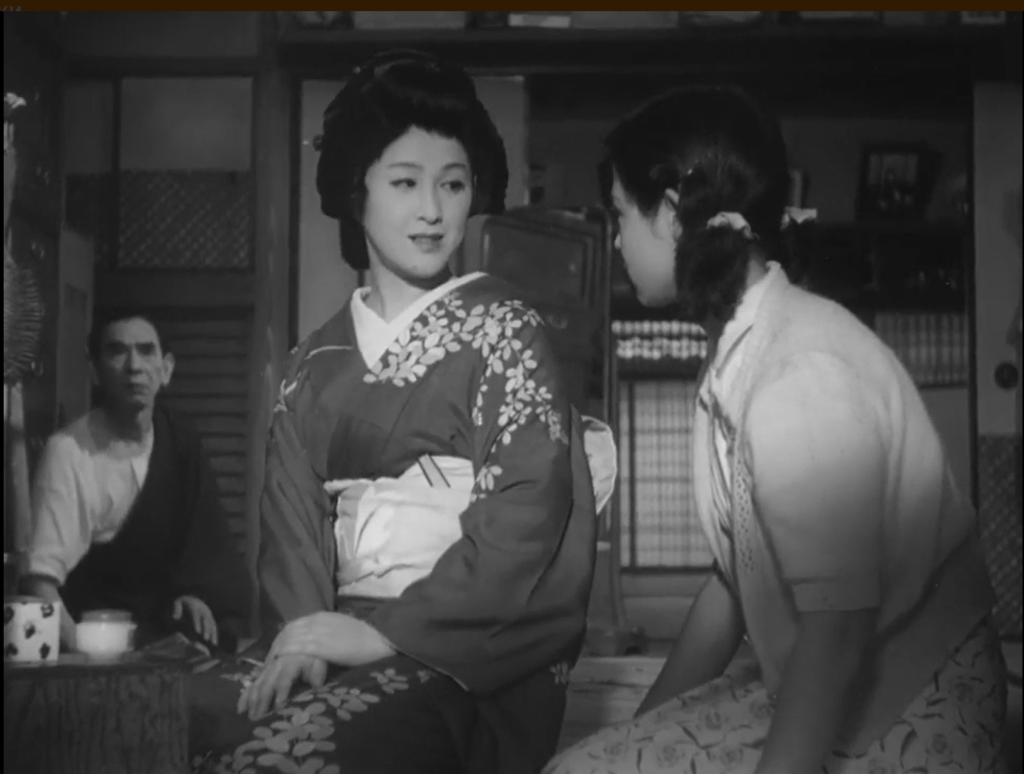
- Ayako Wakao as the willful young Eiko (a.k.a. “Miyue”)

- A fascinating, detailed look at life for geisha in post-WWII Japan
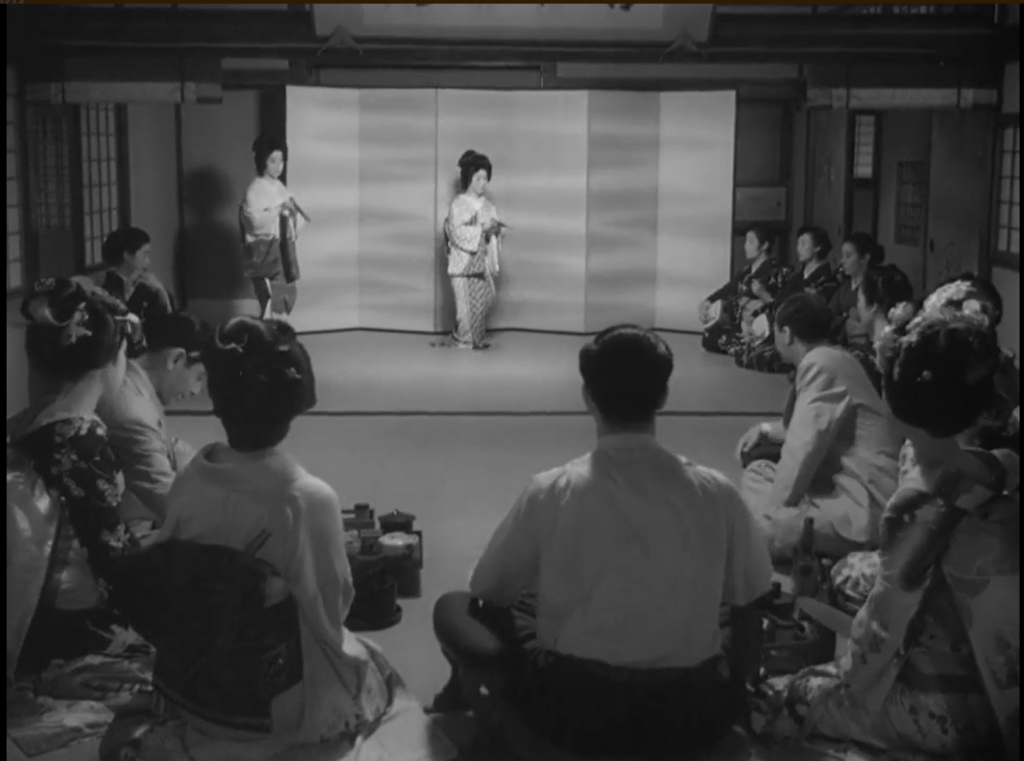
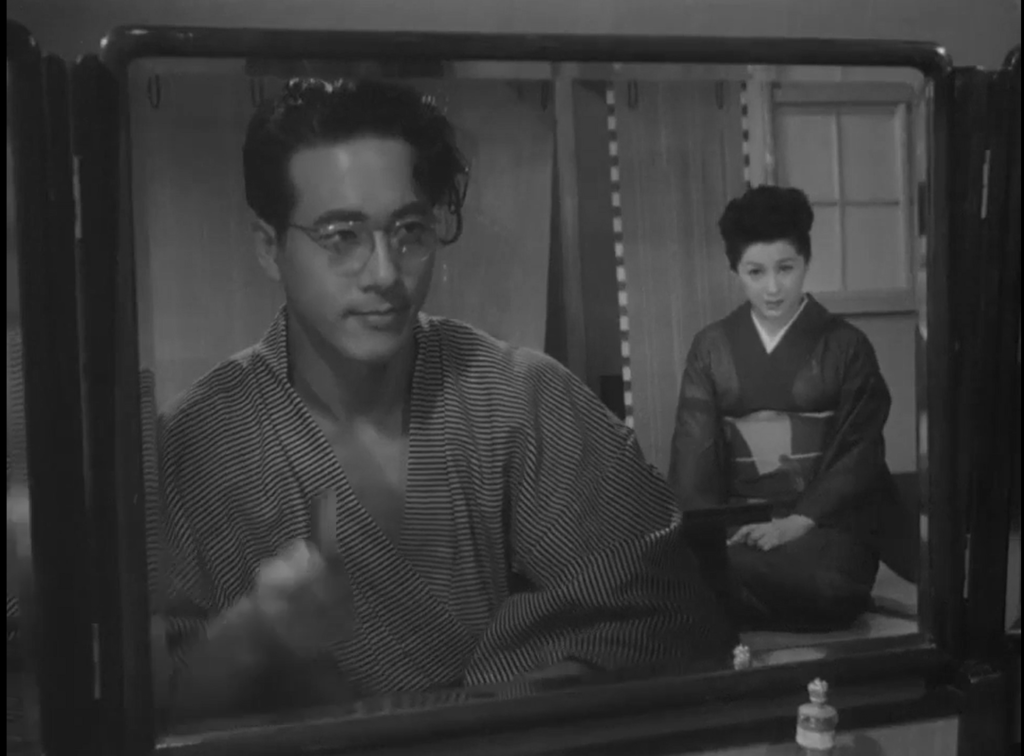
Must See?
Yes. Listed in the back of Peary’s book as a Personal Recommendation.
Categories
- Historically Relevant
- Important Director
Links:
|





